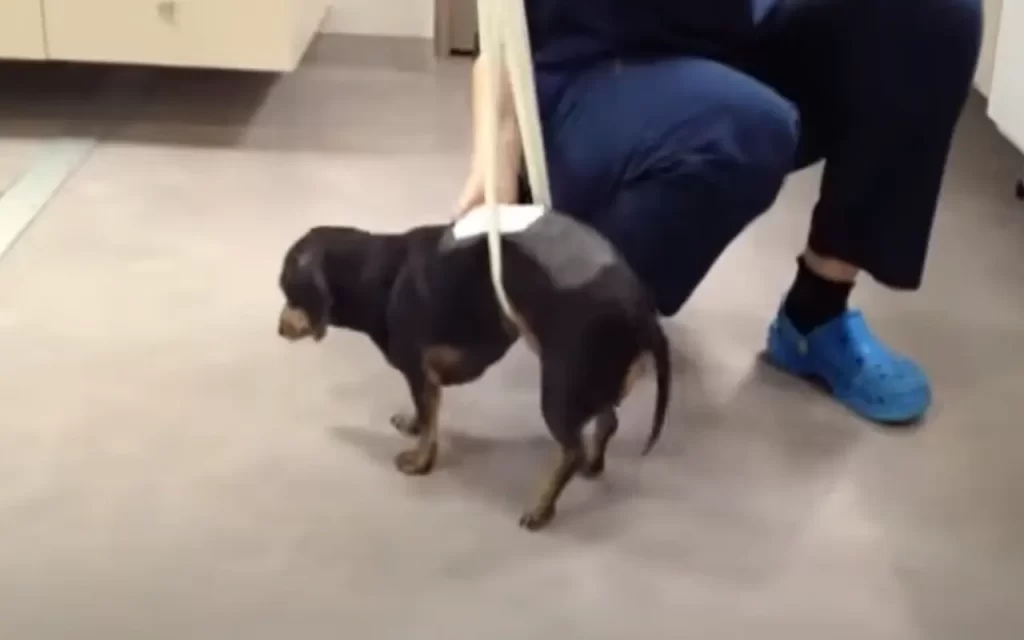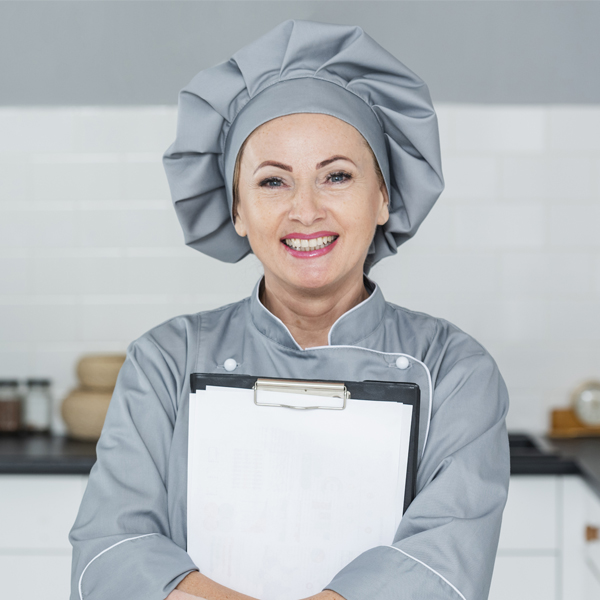The morning of my spouse’s birthday was filled with anticipation and joy, as we prepared to celebrate together with our loyal dachshund, Mimi. She’s been a part of our family for years, a constant source of love and companionship. As the morning sun filtered through the windows, Mimi greeted us, her eyes shining with affection and her tail wagging in excitement. Like every day, we went outside for her morning routine, but today, something was different. As Mimi took her first steps, her back legs wobbled slightly, and she seemed to struggle to stay steady. At that moment, our hearts sank, overcome by an intense worry.
For dachshund owners, there’s an unspoken fear of witnessing back leg weakness, as it can be a potential sign of Intervertebral Disc Disease (IVDD), a common spinal issue in the breed. While many dogs may face age-related mobility problems, dachshunds are particularly vulnerable due to their unique body structure. As a family that has been fortunate to enjoy Mimi’s vibrant health over the years, seeing her struggle was a heartbreaking moment, marking the beginning of an unexpected journey.
Understanding IVDD: A Common Condition in Dachshunds
IVDD, or Intervertebral Disc Disease, is a condition where the discs in a dog’s spine begin to deteriorate or herniate, causing pain and sometimes paralysis. Dachshunds, due to their long backs and short legs, are genetically predisposed to this condition. Over time, these dogs may experience pressure on their spinal cord, leading to a variety of symptoms including back pain, loss of mobility, and in severe cases, paralysis.
IVDD typically presents itself in two main forms: Type I and Type II. Type I IVDD involves sudden disc rupture, usually affecting younger dogs, while Type II IVDD is a gradual degeneration of the discs, often seen in older dogs. Mimi’s sudden struggle with stability on her birthday morning was a painful reminder of this reality, and we knew that immediate action was necessary to ensure her health and well-being.

Recognizing the Early Signs of IVDD in Dogs
Understanding and recognizing the early symptoms of IVDD can make a significant difference in a dog’s prognosis. In Mimi’s case, her initial signs were subtle: a slight wobble in her back legs, a hesitancy to walk, and a hint of discomfort. Over time, other symptoms may become more pronounced, such as:
- Back Pain or Sensitivity: Dogs may become sensitive when touched along their back or may arch their back to relieve pressure.
- Difficulty Moving or Climbing: Stairs, jumping onto furniture, or even regular walking may become challenging.
- Limping or Dragging Legs: Some dogs may favor one side or begin to drag their back legs slightly.
- Loss of Bladder or Bowel Control: In more severe cases, dogs may lose control of their bladder or bowels due to nerve compression.
- Paralysis: In advanced cases, paralysis of the hind legs can occur, which is often irreversible without surgery.
Knowing these symptoms, we were devastated to realize that Mimi’s wobble was not a simple misstep, but potentially the beginning of IVDD.
Immediate Steps We Took to Support Mimi
Once we recognized the potential signs of IVDD in Mimi, we knew that time was of the essence. Early intervention can significantly improve outcomes for dogs with this condition. Here are the immediate steps we took to ensure her comfort and safety.
1. Limiting Physical Activity and Providing Rest
2. Creating a Comfortable, Supportive Environment
3. Consulting a Veterinarian Immediately
4. Considering Pain Management and Treatment Options

Supporting Mimi’s Ongoing Journey: Lifestyle Adjustments for Dogs with IVDD
Living with IVDD requires ongoing adjustments and care. For Mimi, our goal is to provide her with a fulfilling life while protecting her spinal health. Here are some of the lifestyle changes we implemented:
Modifying Our Home for Accessibility
We made our home more accessible for Mimi by adding ramps and blocking off areas with stairs. Ramps help her move around comfortably without straining her back, while stair gates prevent her from attempting risky climbs. These small changes make a big difference in her daily life, allowing her to move freely without the risk of further injury.
Engaging in Controlled Physical Activity
Physical activity is still important for Mimi’s overall health, but we focus on low-impact exercises. Short, gentle walks help maintain her muscle strength and prevent stiffness, while avoiding any strenuous activities that could worsen her condition. Physical therapy exercises, under the guidance of our veterinarian, have also helped Mimi regain some mobility and confidence.
Maintaining a Healthy Weight
Excess weight puts additional pressure on a dog’s spine, exacerbating IVDD symptoms. We adjusted Mimi’s diet to maintain a healthy weight, ensuring that her body is supported without unnecessary strain on her back. A balanced diet, combined with regular vet checkups, helps us monitor her weight and overall health.
Emotional Support: Staying Positive and Providing Comfort
Seeing Mimi struggle with IVDD has been emotionally challenging, but we are committed to providing her with love and comfort throughout this journey. Offering her gentle affection, reassurance, and companionship has helped her feel secure and happy, even as she faces physical limitations. Every day with Mimi is a reminder of the resilience and loyalty that our pets bring to our lives.
Conclusion: Embracing Life with IVDD and Appreciating Every Moment
As we navigate life with Mimi and her IVDD diagnosis, we’re reminded of the preciousness of every moment we share with her. While her condition has changed some aspects of her routine, her spirit remains as vibrant as ever. Mimi continues to fill our days with love, and we’re grateful for every wag, every cuddle, and every step she takes with us.
Living with a pet with IVDD requires patience, compassion, and adaptability, but the rewards far outweigh the challenges. Mimi’s strength and resilience inspire us daily, and we remain committed to supporting her every step of the way. Together, we will continue to cherish the journey and embrace each day with gratitude.


